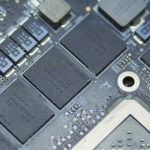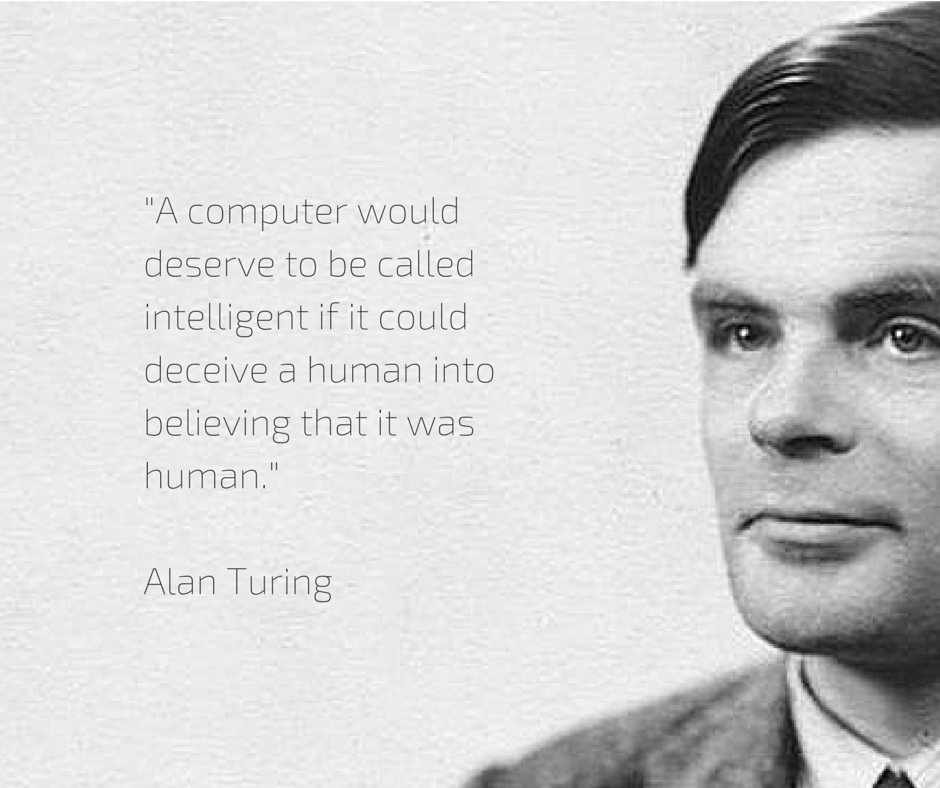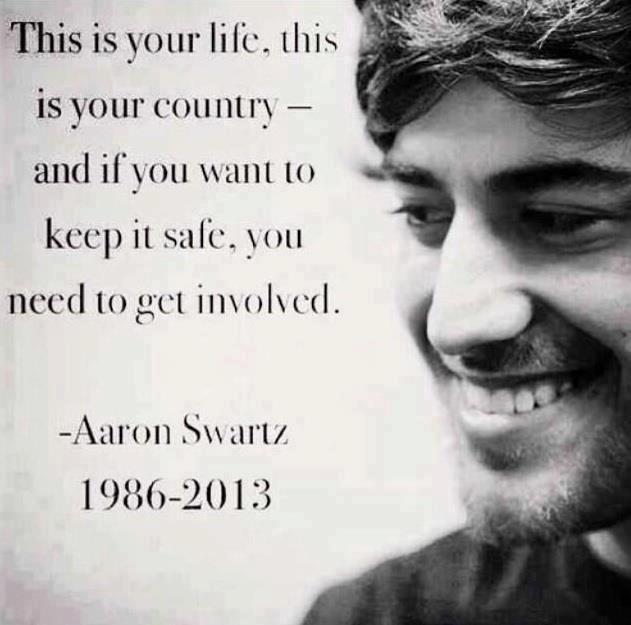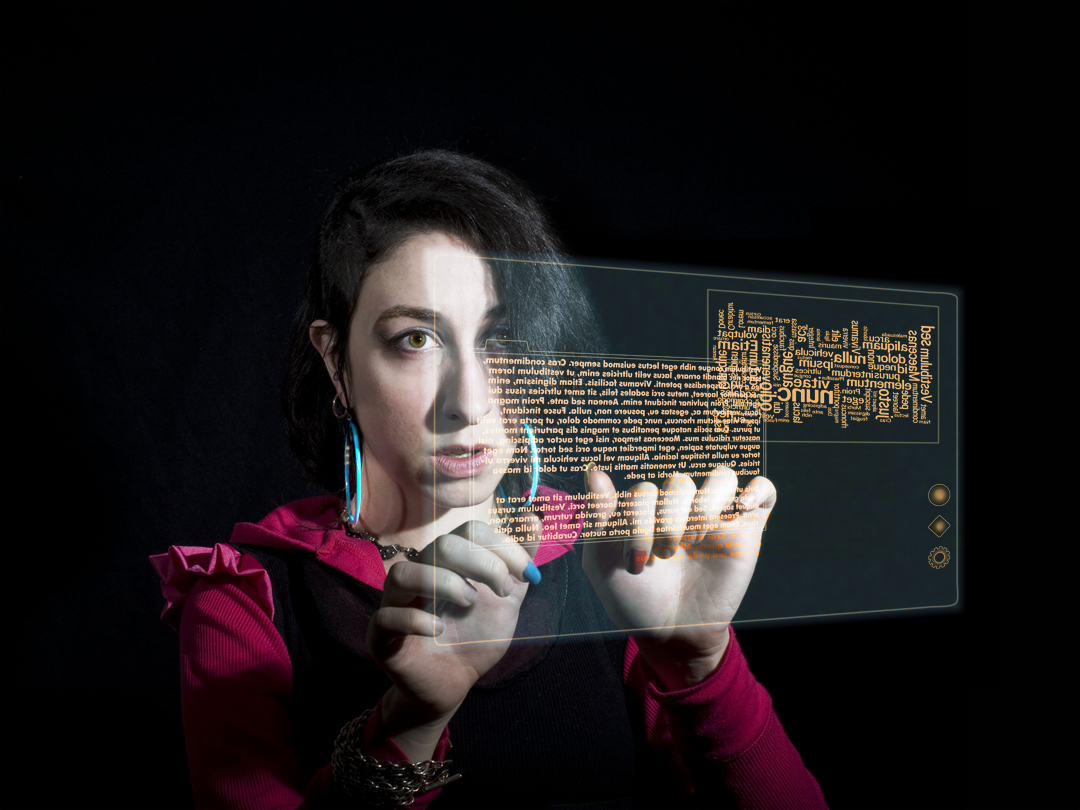“IN THIS TEMPLE AS IN THE HEARTS OF THE PEOPLE FOR WHOM HE SAVED THE UNION THE MEMORY OF ABRAHAM LINCOLN IS ENSHRINED FOREVER”
01000110010011110101001001000101010101100100010101010010
Escaping Biology
Ray Kurzweil is convinced that his father is going to come back from the dead.
He’s also convinced that he will be one of the people who will help bring him back. His father died when he in his early 20s, and they have not seen each other in 40 years, but Ray has kept enough of his old documents, and photos to remember his father by.
He’s not going to wait with a cache of relatives around the decayed body of his father, and apply electrical currents that will bring the blood racing back into his father. His father will not stumble around the room, dazed at the years he would have missed. They are never even going to physically touch, or look at each other. Instead, they’ll interact with glass screens.
His father will be a virtual avatar that will so closely resemble the biological consciousness that defined Ray Kurzweil’s fantastic quest, that Ray will not know the difference between his virtual and biological father. It will be programmed through past artifacts to act, and think about the future like his father would have. His virtual father will be one of the holy grails of computing theory, an artificial intelligence that will have passed the Turing Test of being indistinguishable from a human.
Ray graduated from M.I.T, and he is now the Director of Engineering at Google, which puts some of the fiction out of the science component of this idea. He has been the leading proponent of the technological singularity, a moment in time when artificial intelligence will begin outpacing human intelligence, and where society will be upended by the combination of man and machine. As technology has gradually accelerated, the clarity of the vision of virtual life becomes more and more well-defined. Smartphones with more processing power than the supercomputers of years past are now the norm. Is it unfathomable that robots with human-like minds and spirits could be so far off?
Ray’s alma mater is a driving force behind this powerful thought. Every day, almost unbelievable things are accomplished through the manipulation of scientific research at M.I.T, from computers that can convey the sense of touch over different continents, to printers that will be able to spit out entire houses. It has been described as a “Hogwarts” for Muggles, a place where “magic” is common-place.
The metaphor is a beautiful one, but it begs another comparison that may not be so flattering. In the Harry Potter series, we are confronted with the search for the Deathly Hallows, among one of which is the Resurrection Stone. The Stone is able to bring the dead back to life, but at a terrible cost. The reincarnated dead are never truly like they were in life, which leads to a sense of dissonance from the living. This ironically leads to death for all, as the living choose to join the dead in their true form, rather than to accept living with a broken figment of a departed soul.
Questioning Identity
Will virtual intelligences ever be anything more than a figment of a real person? The question examines everything humans have always assumed about human nature: that we are unique, and that we are defined by our uniqueness against non-humans. We possess a strange combination of social interaction, physical manipulation, and processing power that is hard to define, so we often use comparisons to living things that are distinctly not human to define ourselves.
We are not cows. We are not dolphins. We are not chimpanzees, even though that is getting uncomfortably close.
The closer robots get to piercing that space, the more uncomfortable humans get with them. This is the “uncanny valley”. The more robots look, and act like humans, even if we distinctly know they are not, the more we revile them. Like the broken souls of the Ring, poorly designed robots can lead us to hate, and to pain, because they lead us to question who we truly are.
Virtual life that humans can accept must pass the Turing Test. It must fool a human into thinking that it too is a human, that it is really he or she. When Ray sits down to talk with his reincarnated father, he cannot be talking with a robot, but with a real, living human being that he has been yearning to speak to for forty long years.
Ray Kurzweil believes that will happen within a couple of decades.
That robot masquerading realistically as a human being will have all of the characteristics of the thoughts and patterns laid down by his father ages ago. It will be, Ray observes, more like his father than his father truly was due to robotic precision.
This is where the discomfort truly sets in. If robots can so accurately simulate the human condition, what truly makes us human?
The definition of human nature, and what is human or not has important implications. It is hard to imagine that the atrocities of the 20th century could have ever occurred if groups of humans regarded other groups with the basic respect and dignity they accorded to their own group. Indeed, the victims of atrocities have often been relegated to sub-human status: recall the Hutus of Rwanda who insisted on calling their Tutsi victims “cockroaches” during the infamous Rwandan genocide.
Who we are, and what we are here for defines a large part of the human condition. Any threat to the stable framework we have evolved of what is human and what is not represents a seismic change that brings opportunity, and risks.
How many among us would not want to hear the thoughts of Martin Luther King Junior on the civil rights issues of today—the thoughts of Harvey Milk on gay rights in present-day America, the thoughts of Abraham Lincoln on how he would run the country today, the thoughts of Kurt Vonnegut on modern-day warfare—how many among us would want to bring a loved one back, if only for one conversation, nevermind an infinite many…
Yet a virtual intelligence that can evolve beyond our comprehension, and that threatens the very foundation of our identity is nothing to be trifled with. It may be inevitable, but the ramifications are unclear. All that can be known, from a human perspective with our limited processing and predictive powers, is that there will be change of some sort.
Human Change
I would bring my grandfather back. He raised me when I was a baby, and he was ahead of his age. He insisted that my mother and her sisters get an education, even if that was not a popular view at the time. He survived fighting World War Two with his spirit intact. He is a large part of who I am, even if we never got the chance to have a full conversation.
When God burned down Sodom in Genesis, he commanded that the people not look back. In many ways, this command is a wise wall to insulate one from the tragedy and certainty of death. Nevertheless, it is a wall we have all attempted to scale, one way or another.
Lot’s wife famously disobeyed this command, peering back at the ruined city. As punishment, she was turned into a pillar of salt. As Vonnegut wrote, “And Lot’s wife, of course, was told not to look back where all those people and their homes had been. But she did look back, and I love her for that, because it was so human. So she was turned into a pillar of salt. So it goes.” So it goes.
Even if we are all turned into pillars of salt by this new possibility and the desires it creates, it occurs to me that nothing could be more human. Knowing that a part of you, and your loved ones endures, even if you do not, is something that is a constant desire of human nature. It is why we plant stones in the ground for those who passed, why in Chinese tradition we burn food and money for our ancestors, and why we build things for the future we will never enjoy ourselves.
In creating virtual reincarnations of the dead, we will be satisfying the most human of urges: the desire that you and the people you love will endure, and leave a legacy of ideas for future generations.
It may very well be the one defining trait that distinguishes us as humans.
————————————————————————–
Want to check out more of Ray Kurzweil’s story?
http://abcnews.go.com/Technology/futurist-ray-kurzweil-bring-dead-father-back-life/story?id=14267712
Want to know more about the technological singularity?
Inspired to pick up coding and understanding machines?







